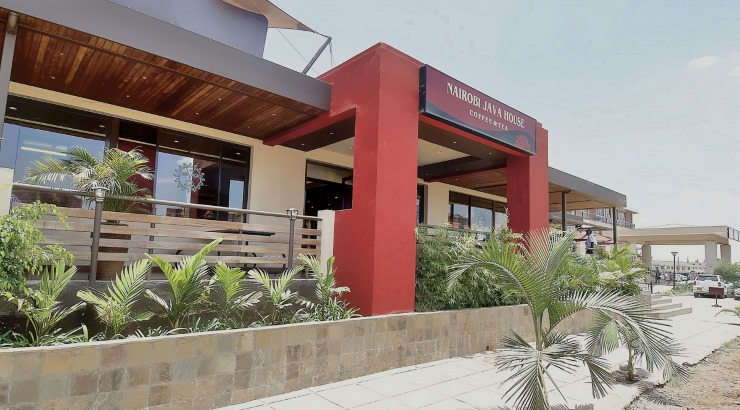Editorial
EDITORIAL: What mall owners can do to make serious money
Investors have built over 850,000 square metres of retail space across the country.

In the past few years, developers have spent billions of shillings to put up show-stopping malls in Kenyan cities to meet the rising demand from international retail brands expanding into the country.
This has left the capital Nairobi with 630,000 square metres of existing mall space with an additional 98,000 square metres expected to enter the market this year, according to Mauritius-based multinational Grit Real Estate Income Group, which holds substantial interests in the Kenyan real estate market.
Countrywide, investors have built 761,805 square metres of retail space with more than 250,000 square metres expected to enter the market in the next 18 to 24 months.
Nairobi accounts for about 73 per cent of the total number of shopping malls in the country, with Two Rivers Mall (67,000 sqm), Garden City (35,000 sqm) and The Hub (35,000 sqm) being the largest shopping malls in the city.
While this can be described as a booming market, the shopping mall business itself is struggling to make money.
Although the mall culture is increasingly gaining popularity among residents, many retailers are complaining that the footfalls (the number of ‘shoppers’) are not getting converted into business.
Residents of Nairobi and other major cities and towns where stunning malls have been erected throng the facilities on weekends – spending cash on bites at food courts – but are very reluctant to shop at the malls especially at expensive outlets.
Poorly performing retailers are increasingly exiting malls midway through their lease contracts forcing landlords to find creative ways such as scrapping goodwill charges to woo tenants.
READ: Empty shopping malls in Nairobi echo a sad retail story
Other common incentives include rent-free fit-out periods of up to three months and free parking for shoppers visiting specific premises.
These strategies are, however, short-lived and mall owners must come up with well-thought-out strategies to remain in business.
One such strategy is the stratification of mall spaces to accommodate small and medium-sized enterprises at lower grade level.
The trick here lies in carefully segmenting a shopping mall’s targeted tenants and strategically attracting the right mix of customers.
Since majority of the Kenyan population comprises of the lower middle-income and the low income earning groups, it does not make sense to put up facilities that only target high income earners – who make up less than five per cent of the population.
Shopping mall owners should also look beyond the usual arrangement of enlisting top supermarkets as anchor tenants, considering that the local retail market is restricted by a narrow base that is unable to support the vacant spaces available in the market.
– Originally published on August 7, 2018.












